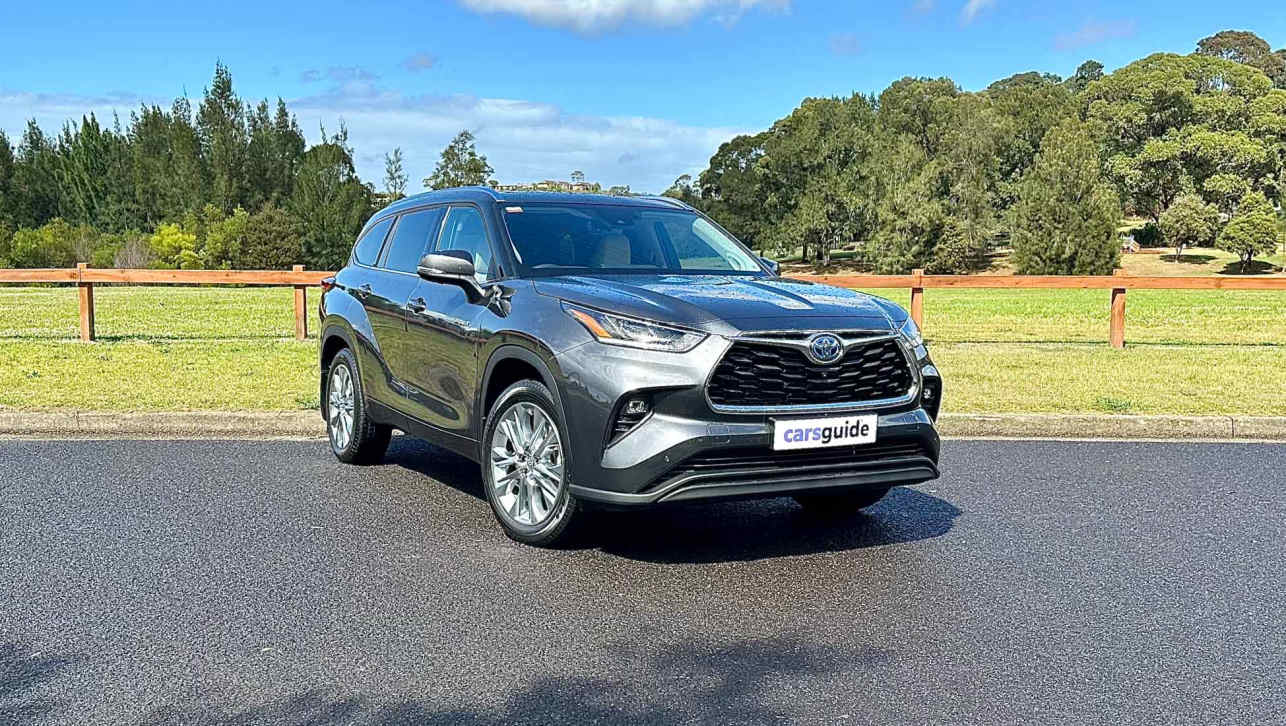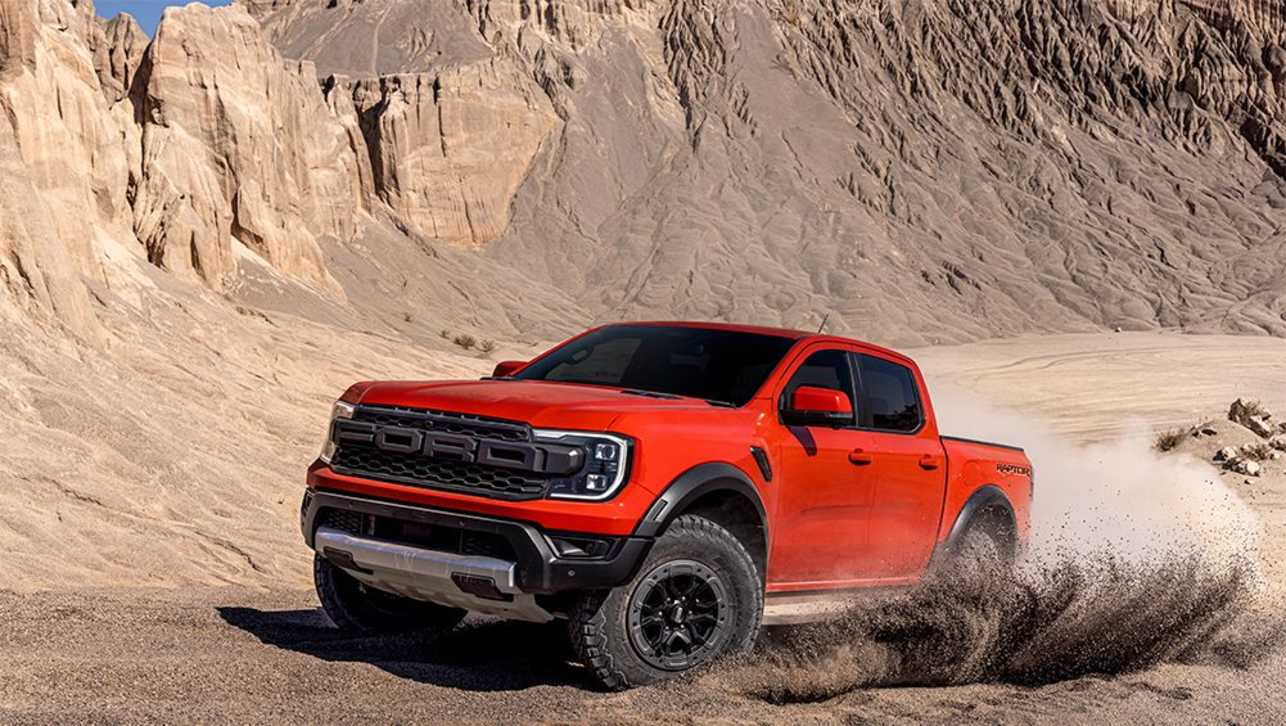Upcoming Golf GTI-rivalling i30N to come in two distinct flavours, with a sharper track-focused flagship.
It’s common knowledge that the first spawn of Hyundai’s new N performance brand will be a relatively affordable, yet quicker than any i30-to-date Golf-GTI-esque i30N hot hatch in about 12 months.
However the man charged with developing the N brand - and former BMW M-guru - Albert Biermann confirmed with CarsGuide.com.au at today’s Paris motor show that two levels of i30N are being developed.
“We will have two levels: Base and a more track-oriented performance package car,” Biermann said.
This is a similar approach to that used by VW with the Golf GTI and GTI Performance, along with Peugeot with its 308 GTi 250 and 270 grades. Both levels of i30N will be engineered to cope with sustained racetrack usage, however.
“This car has to be track going, and very enjoyable pushing it to the limit. It has to be consistent on the track, and not just die after two laps. The tyres, the brakes and everything,” he added.
This car cannot be too sophisticated in the driving. It has to be robust, easy.
Biermann admits there hasn’t been a singular benchmark for the i30N, rather “a whole bunch of all these hot hatches. We looked at some, and there’s not one particular where we say this is it.
“For me especially it is a kind of new segment, I haven’t been in that segment so much before [referring to his time with BMW M]. For me it is interesting to drive those cars, but we do our own way.
“I mean, I gave clear directions. It has to be good quality, like every other Hyundai. That is what we stand for, and it has to be affordable, like any other Hyundai. I will have a strong value for money point, it will be good quality and it will be robust, so you can really push it on the track.
“It might not be perfect in some areas, but I don’t care. I mean, it’s first of all about the fun and enjoyable while tossing it around.”
Biermann was understandably tight-lipped about specifics between the two i30N grades, but hinted that the performance package would benefit from a proper limited slip diff.
“It is not torque vectoring by brake. This is the real thing, just electronically controlled. The fun machine that really puts you in [to corners].
“We do this together with WIA, our sister company. All the control logics we do together with WIA intensely. And right now, we have developed a lot of new logic functionalities recently."
He also suggests the i30N performance package will come with grippier tyres than the base grade.
“One’s more for everyday use, and also the tyre side is a little bit more focused on everyday driving.”
The performance package may offer more grip, but it won’t be stretching to expensive semi-slick or Cup tyres.
“Since BMW did it on the E46 M3 CSL with Michelin Cup at that time, now everyone puts the Cup tyres on the car to make this big great lap time. I mean, it’s just this big demonstration of tyre. I don’t know if we need that. It has been demonstrated so often that a Cup tyre is faster than a non-Cup tyre, I don’t know if we also need to prove that.
“Maybe if our enthusiasts, if they want more at some point, our car can handle the Cup tyres, we know that. At this time there is no plan to offer a Cup tyre, but our car will be ready to do that, no problem.”
In the meantime, the car’s Nurburgring development doesn’t mean the i30N’s track performance will be measured with a bridge to gantry time around the infamous 20.8km German circuit.
“We are testing most of the time at the Nurburgring. I could not give you my personal laptime. I do not care, I never care,” Biermann said.
“If all of a sudden this lap time is just super fantastic it might happen, but at this point, we don’t care. It’s all about tuning for being precise, responsive, make good feel if you push it. It has to be accessible.
“This car cannot be too sophisticated in the driving. It has to be robust, easy. If you make a car like that, you lose some laptime.”
The i30N’s success will not be measured with acceleration figures either. “I’m not so much excited about 0-100, I’m looking more how is the driving on the track and how much fun is it to drive it on the track, on some nice windy road.”
Unlike all of Hyundai’s current passenger model line-up, the i30N won’t be treated to a suspension tune specific to our roads.
“No tuning for Australia. But we will invite Australian engineers to join us. But this car will all be tuned at the Nurburgring,” Biermann added.
The driver will be able to tweak the suspension via multiple damper settings, however.
“We will have adjustable shock absorbers and we will offer different drive modes, to have a little bit more access to everyday driving,” Biermann said.
Unlike quite a few of its hot hatch brethren, the i30N will be produced with both manual and automatic transmissions.
“We have the manual when we start. Right now we are finishing the development of a very nice eight-speed [wet clutch] DCT, for front wheel drive application. But that’s not confirmed yet, it will go into other Hyundai cars as well.
Despite its track-worthy development, the i30N has required surprisingly few structural modifications to the new third-generation base car’s chassis.
“The first production car it has a different front axle. We didn’t need a lot of changes to the body in white. We only added, I think three little structural parts and that’s it. I had a very different situation in the past [at BMW], where I had to put a whole bunch of stuff into cars. We have our own high strength steel, and that does a good job,” Biermann said.
Despite the brand’s extreme RN30 Paris show car demonstrating new carbon-fibre alternative cast plastic from BASF, the i30N won’t be using the new material for body panels or to enable pumped wheelarches.
“No we will not go that fancy like that. If you take that car [RN30] and the normal i30 and you mix it somewhat, you get the high performance car,” Biermann said.
The i30N is expected to come with a 192-195kW turbocharged version of the 2.0-litre direct injected engine currently used in the i30 SR, and all i30Ns will be produced at the company’s Nosovice plant in the Czech Republic.







.jpg)
.jpg)
.jpg)

.jpg)






.jpg)
.jpg)


.jpg)
.jpg)
.jpg)





Comments